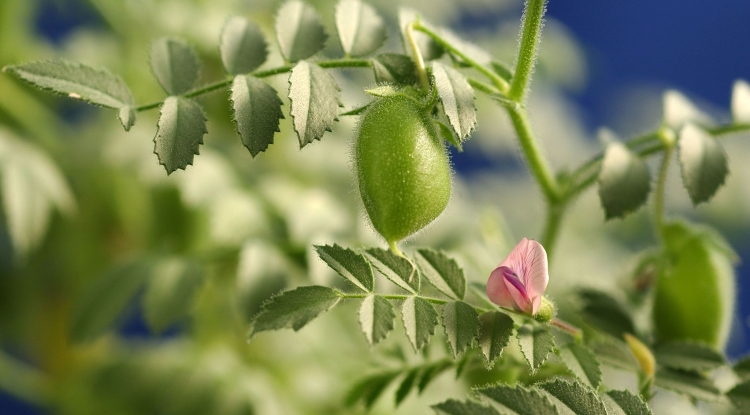Although the wild relatives of cultivated plants represent an invaluable pool of diversity, few measures are being taken to conserve them. A context which may well to deprive breeders of significant genetic resources in decades to come.
The wild species related to domesticated plants also harbour a genetic diversity particularly valuable for improving cultivated plants and making them more productive, more nutritious or more resilient to climate change. Unfortunately, recent research conducted on 1076 distant cousins of 81 crop species (cereals, tubers, roots, spices, fruits vegetables, etc.) has shown they are very poorly conserved today. Almost one third are not present in genetic resources collections, and nearly one fourth are only represented by less than 10 accessions. According to the authors of this research work, over 70% of the wild cousins of domesticated plants should urgently be collected to complement the gene banks. If we consider their distribution area in the wild and the potential ecological variations, over 95% of the wild species related to domestic ones are inadequately represented in collections. Suffice to say that these gaps deprive breeders from an immeasurable variability. And from an equally immense economic wealth: in the 70s, the use of a wild rice species allowed breeding a new variety tolerant to the Rice Dwarf Virus, which was causing Asian farmers losses worth hundreds of million dollars.
Conserving genetic diversity in farm species therefore does not end with the sole conservation of crop species. The magnitude of the challenge is considerable. Success in meeting this challenge will require the involvement of researchers, politicians, NGOs and, eventually, consumers.


